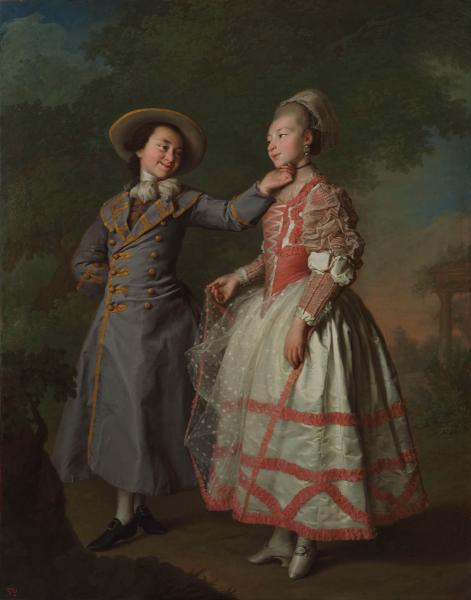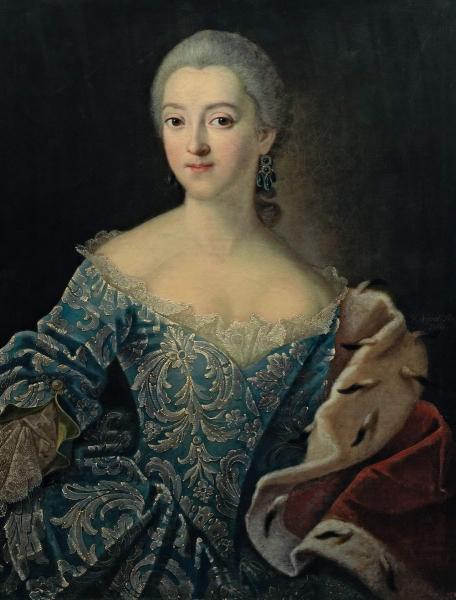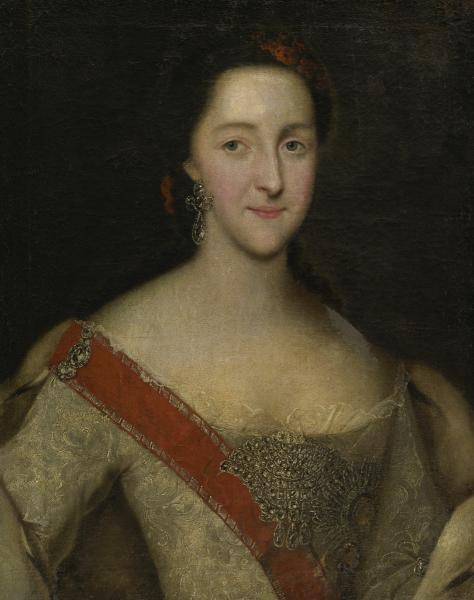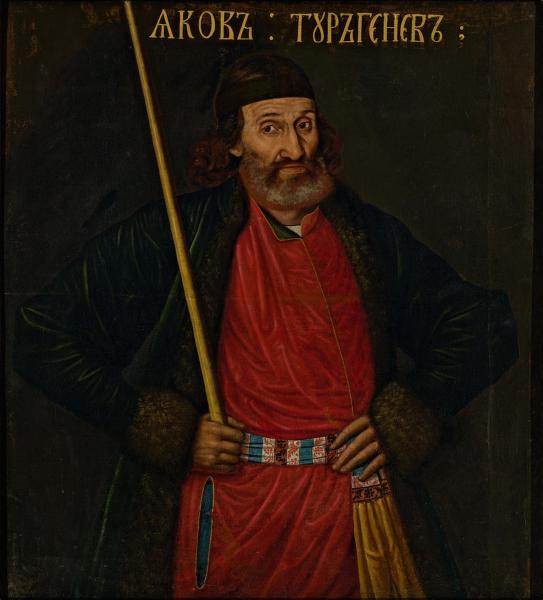The artist is Levitsky

In the seventies of the XVIII century, by order of Catherine II, Levitsky wrote a series "Smolinki", consisting of seven portraits of pupils of the Smolny Institute of noble girls – a privileged educational institution opened in St. Petersburg in 1764 by decree of the empress. Daughters of the nobles were prepared there for court service and social life. Talents brought up in girls, "Nice in society", – They were taught French and German, elegant manners, as well as sing, dance, play musical instruments. The Smolny Institute often arranged ideas where the Smolians played French comedies, and also performed in the ballet. E. N. Khrushchev (left) and e. N. Khovanskaya (right) are depicted in theatrical costumes during the performance of the pastoral scene from the performance at the Theater of Educational Society of noble girls. Admiring the shyness and grace of teenage girls, the artist draws a scene with the ultimate integrity of color and the exquisite harmony of each tone.
Ekaterina Nikolaevna Khrushcheva (1761-1811), in marriage von Loman. Daughter of the prime minister n. With. Khrushchev and Praskovy Mikhailovna, nee Princess Volkonskaya. From 1767 to 1779 she was brought up at the Smolny Institute, at the end of which she was awarded the Freilin Capher of Catherine II.
Ekaterina Nikolaevna Khovanskaya (1762-1813)-Princess, in the marriage of Needinskaya-Meletskaya, belonged to the ancient princely family. Daughter of Colonel Prince N. AT. Khovansky and Princess Maria Nikolaevna, nee Shchepotyeva. From 1767 to 1779 she was brought up at the Smolny Institute, which she graduated with the cipher of Catherine II. Since 1786 – wife Yu. AND. Needinsky-Meletsky, poet, state secretary of Emperor Paul I, Senator, Honorary Guardian of the St. Petersburg Educational House.
The portrait is perky "Shepherdess" – Khrushchev, dressed in a men’s dress, jokingly touches his friend’s face – "Shepherdies" Khovanskaya, who is timidly standing, holding the edge of the clothing with a hand.
About the restoration of a series of paintings d. Levitsky "Smolinki" On the website of the Restoration Service of Museum Values
+ About the restoration of the work
– Hide the text about restoration
The state of safety before restoration:
According to the well -known history of its existence, the picture was repeatedly restored, both before transferring to the Russian Museum in 1917, and earlier. In the 80s of the XIX century, she was transferred to a new canvas, then and further-a picturesque restoration was repeatedly carried out: tinting was made, the lacquer layer was raised and again applied.
The reason for the conduct of modern restoration work with this work was primarily an unsatisfactory state of the picturesque surface: the noticeably changed nature and type of later restoration and dodging layers on the author’s painting: varnishes darkened and yellowed, restoration tinting changed in color and tone. In addition, the picture needed a complex of conservation measures, as the breaks and craquelure of a colorful layer aggravated, the edges dilapidated, on the back of the canvas the traces of the previously existing mold aroused fear.
Complex of the events:
After conducting a set of necessary technical and technological research, the paintings were performed conservation measures to strengthen the colorful layer, to summarize the restoration edges, and the back of the canvas with a special composition from traces of mold. The work was re -tinted to the subframe.
Picturesque restoration – clearing painting was carried out in layers. At first, pollution and the very last yellowed layer of rosin varnish along with tinting lying on top of it were removed with a solvent. Further, with particular caution, inter -layer records on the images of clothes and persons, around the author’s signature, were removed from the surface of the darkened author’s varnish. Working with records was carried out under a binocular magnifier and places under a microscope, with the control of the visible luminescence of the surface in UV rays. At the end of clearing the loss of the colorful layer, they were tinted with oil paints. Restoration tinting was carried out taking into account the transparency or density of copyright painting, exactly within the limits of loss. Reconstructive tinting on loss around the eye e made.N.Khrushchova, taking into account the anatomical construction and the author’s manner. Upon completion, the surface of the painting was covered with a protective layer of dammar varnish by spraying.
Keeping a story. Restoration workshop of the Russian Museum – 100 years. SPb, 2022. With. 85.
Programs/Films about this work in the media text:

D.G.Levitsky. By the 275th birthday
Creation year: 2010 | Video painting | Language: | Duration: 25:47
Dmitry Grigorievich Levitsky – one of the best portraitists in Russian history of painting. In this film, the director of the Russian Museum in.AND.Gusev talks about the work of the master and the history of his work on the series of portraits of the pupils of the Smolny Institute of noble girls.

Dmitry Levitsky. “Smolinki”. Restoration of portraits
Creation year: 2010 | Interactive program | Language:
The multimedia program was released for an exhibition dedicated to the 275th anniversary of the birth of Dmitry Grigoryevich Levitsky in the Russian Museum. The program talks about the restoration of the famous “Smolyans” – seven portraits of pupils of the educational society of noble girls at the Smolny Institute.


